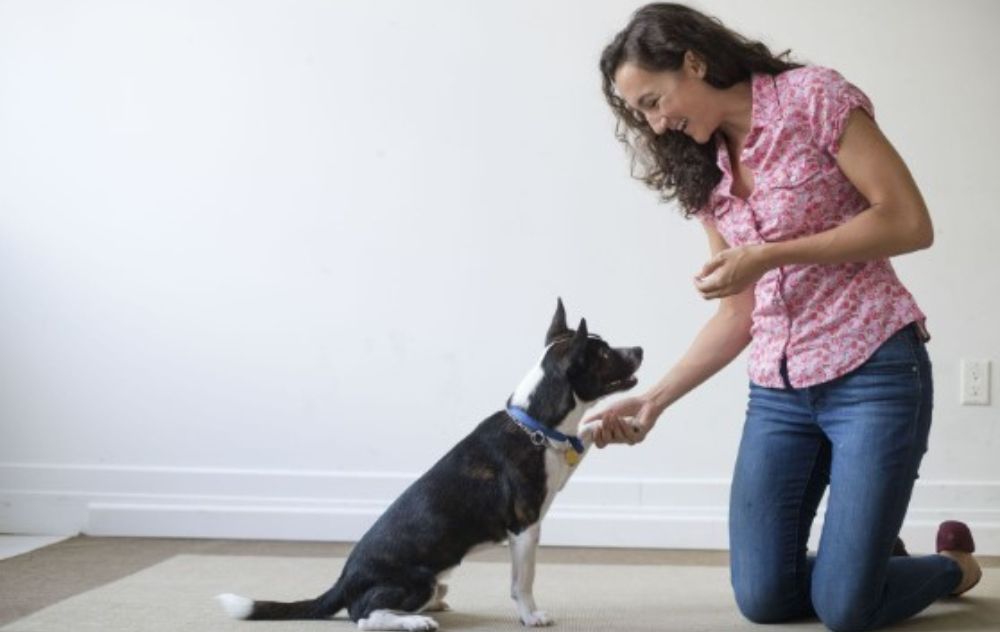The Art of Leash Training: Portland Dog Owner’s Guide
The Art of Leash Training: Portland Dog Owner's Guide

Walking your dog in the vibrant city of Portland can be a delightful experience, but it’s important that the enjoyment extends to both you and your furry companion. Leash training is an essential skill that not only ensures a pleasant walk for you and your dog but also promotes safety and good behavior.
In this guide, we’ll explore the art of leash training, offering insights into effective techniques that will help Portland dog owners master the art of walking with their beloved pets.
Understanding the Importance of Leash Training
Leash training is more than just preventing your dog from pulling; it’s about fostering a strong bond, teaching obedience, and ensuring the safety of both your dog and those around you. A well-trained dog on a leash can explore the world in a controlled and enjoyable manner, creating positive interactions with people, other dogs, and the environment.
Getting Started with Leash Training
Choose the Right Equipment
Selecting the appropriate leash and collar or harness is the first step. A standard leash around 4 to 6 feet long is ideal for maintaining control. Collars or harnesses should be comfortable for your dog and provide you with good control without causing discomfort or harm.
Introduce the Leash Gradually
If your dog is new to leash walking, introduce the leash indoors first. Let your dog sniff and explore the leash without any tension. Reward calm behavior and create a positive association with the leash.
Training Techniques for Leash Manners
Positive Reinforcement
Positive reinforcement is the cornerstone of effective leash training. Reward your dog with treats, praise, or toys when they exhibit desired behaviors such as walking calmly by your side, maintaining a loose leash, or looking at you for guidance.
Start in a Controlled Environment
Begin leash training in a quiet and familiar space where there are fewer distractions. As your dog becomes more comfortable, gradually move to more challenging environments such as parks or streets.
Use Direction Changes
When your dog pulls on the leash, instead of pulling back, change direction abruptly. This teaches your dog that pulling leads to an undesired outcome. Reward them when they walk beside you without tension.
Practice “Heel” Command
Teaching your dog the “heel” command encourages them to walk calmly on your left side. Use treats to guide your dog into position, and reward them for maintaining the correct position.
Be Patient and Consistent
Leash training takes time and patience. Be consistent in your commands and rewards, and avoid harsh corrections that can lead to fear or confusion.
Troubleshooting Common Leash Issues
- Pulling on the Leash
-
- If your dog pulls on the leash, stand still and wait until they stop pulling. Then, reward and continue walking. Consistently practicing this will teach your dog that pulling doesn’t lead to progress.
- Reacting to Distractions
-
- Dogs can be easily distracted by other dogs, people, or exciting smells. When your dog becomes fixated on something, use treats or toys to redirect their attention back to you.
- Aggressive Behavior
- If your dog reacts aggressively to other dogs or people, seek professional help from a qualified dog trainer. Aggression can stem from various underlying causes and should be addressed with care.
Conclusion
Dog training portland is a valuable skill that enhances your dog’s quality of life and strengthens your bond. By understanding the principles of positive reinforcement, consistency, and patience, you can master the art of leash training and enjoy peaceful walks with your dog through the charming streets of Portland.
Remember, every dog is unique, so tailor your training approach to your dog’s personality and needs. With dedication and a bit of training, you’ll transform your walks into enjoyable experiences for both you and your furry companion.




